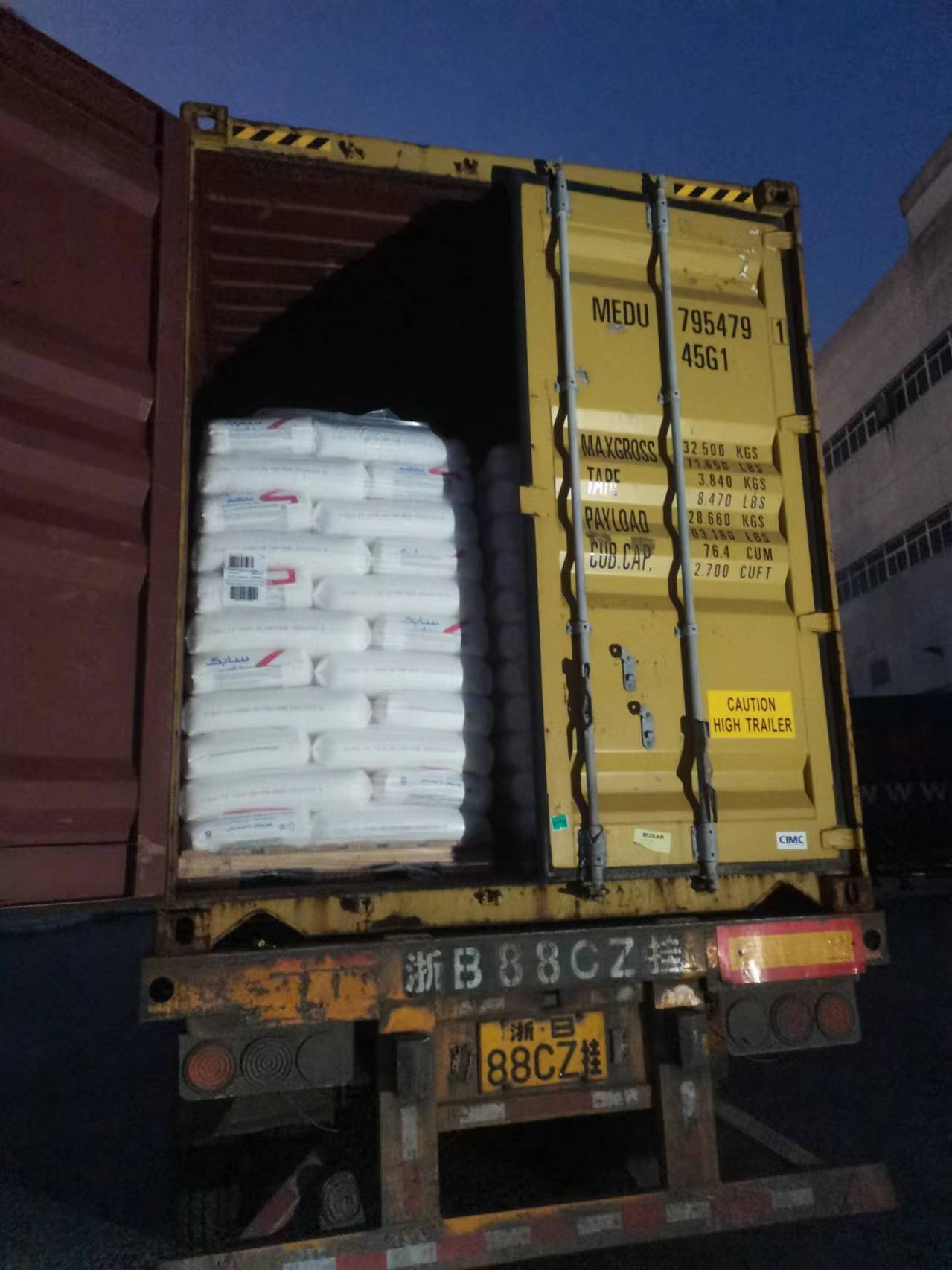In recent years, China's plastic foreign trade industry has witnessed significant growth, particularly in the Southeast Asian market. This region, characterized by its rapidly expanding economies and increasing industrialization, has become a pivotal area for Chinese plastic exporters. The interplay of economic, political, and environmental factors has shaped the dynamics of this trade relationship, offering both opportunities and challenges for stakeholders.
Economic Growth and Industrial Demand
Southeast Asia's economic growth has been a major driver for the increased demand for plastic products. Countries such as Vietnam, Thailand, Indonesia, and Malaysia have seen a surge in manufacturing activities, particularly in sectors like electronics, automotive, and packaging. These industries heavily rely on plastic components, creating a robust market for Chinese exporters. China, being the world's largest producer and exporter of plastic products, has capitalized on this demand by supplying a wide range of plastic materials, including polyethylene, polypropylene, and PVC.
Trade Agreements and Regional Integration
The establishment of trade agreements and regional integration initiatives has further bolstered China's plastic trade with Southeast Asia. The Regional Comprehensive Economic Partnership (RCEP), which came into effect in January 2022, has played a crucial role in reducing tariffs and streamlining trade procedures among member countries, including China and several Southeast Asian nations. This agreement has facilitated smoother and more cost-effective trade, enhancing the competitiveness of Chinese plastic products in the region.
Environmental Regulations and Sustainability
While the demand for plastic products is on the rise, environmental concerns and regulatory changes are shaping the market dynamics. Southeast Asian countries are increasingly adopting stricter environmental regulations to combat plastic waste and pollution. For instance, Thailand and Indonesia have implemented policies to reduce single-use plastics and promote recycling. These regulations have prompted Chinese exporters to adapt by offering more sustainable and eco-friendly plastic products. Companies are investing in biodegradable plastics and recycling technologies to align with the region's environmental goals and maintain their market presence.
Supply Chain Resilience and Diversification
The COVID-19 pandemic highlighted the importance of supply chain resilience and diversification. Southeast Asia's strategic location and growing manufacturing capabilities have made it an attractive alternative for supply chain diversification. Chinese plastic exporters have been establishing local production facilities and forming joint ventures with Southeast Asian partners to mitigate risks and ensure a steady supply of plastic products. This trend is expected to continue as companies seek to enhance their supply chain resilience in the face of global uncertainties.
Challenges and Future Outlook
Despite the positive trends, challenges remain. Fluctuating raw material prices, geopolitical tensions, and competition from local manufacturers are some of the hurdles faced by Chinese plastic exporters. Additionally, the shift towards sustainability requires significant investment in research and development, which may strain smaller companies.
Looking ahead, the Southeast Asian market is poised to remain a key destination for China's plastic exports. The region's ongoing industrialization, coupled with supportive trade policies and a growing emphasis on sustainability, will continue to drive demand. Chinese exporters who can navigate the regulatory landscape, invest in sustainable practices, and adapt to changing market conditions will be well-positioned to thrive in this dynamic and promising market.
In conclusion, the Southeast Asian market represents a vital growth avenue for China's plastic foreign trade industry. By leveraging economic opportunities, adhering to environmental regulations, and enhancing supply chain resilience, Chinese plastic exporters can sustain and expand their presence in this rapidly evolving region.

Post time: Mar-14-2025


